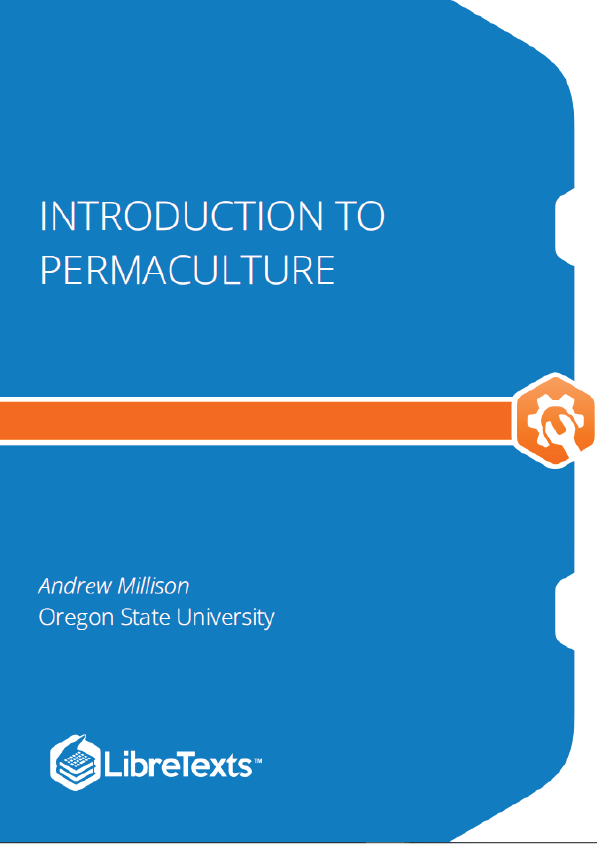What is Permaculture?
In this book, basic information is given to get you started. Firstly, we look at the definition of Permaculture with a bit of history of the word. Secondly, we look at the overall design process and fields of study that inform Permaculture. Finally, we look at the four part Permaculture Decision Making Matrix which is the basis of the information in this book.
Permaculture Design Process We’re going to look now at the overall process of the Permaculture design system. Permaculture is multidisciplinary and multifaceted, which makes Permaculture very dynamic, but also makes it hard to define. This video explains the wide array of influences and outputs of Permaculture design.
Suburban-scaled Permaculture systems are rich with possibilities . As co-founder David Holmgren said: “Suburban sprawl in fact gives us an advantage. Detached houses are easy to retrofit, and the space around them allows for solar access and space for food production. A water supply is already in place, our pampered, unproductive ornamental gardens have fertile soils and ready access to nutrients..”. When we look throughout the world, we find abundant examples of suburbs that have filled in with productive Permaculture systems. The lower density of suburbs means that there is a lot of space for more expansive gardens, animals, tree crops, and land-based livelihoods. Below are links to suburban Permaculture projects and resources:
- Adaptation of David Holmgren’s lecture on Retrofitting the Suburbs for Sustainability
- Suburban Permaculture, information and resources to transform the suburban environment
- Growing Futures Kenya, Suburban Permaculture Development
- Midwest Permaculture, 18 part Intro to Permaculture video series
- Erik Ohlsen’s Suburban Permaculture Garden Tour Video
Especially in urban areas, we find very rich examples of Permaculture systems which take advantage of the diversity of the ‘human ecosystem’ found there. Gathering places, public parks, and community food forests all contribute to the sustainability and resilience of a community. It’s not just food, water and habitat that can make a place resilient; it’s the social connections between people that make a strong and secure community where people know each other and help each other out. Permaculture in public spaces is often centered around places where people can gather and meet each other, so they have more of an opportunity to make those connections.











